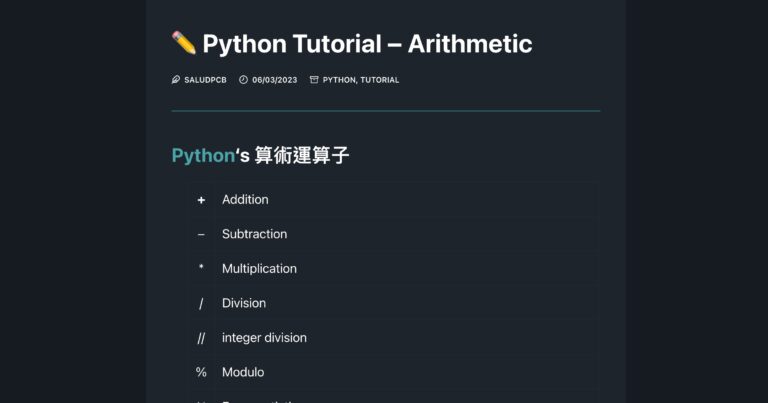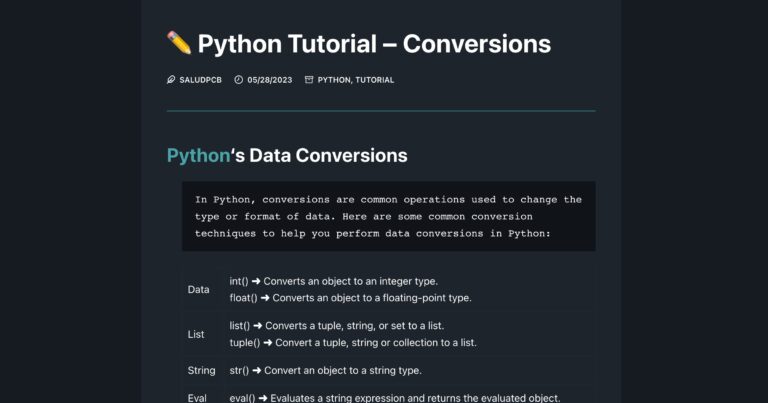Master Python Variables in 2025 | Ultimate Guide with Rules and Naming Tips
Variables are one of the foundational concepts in Python programming. Whether you’re a beginner or an experienced developer, mastering variables is essential for writing clean, readable, and maintainable code.
In this guide, we’ll explore everything you need to know about Python variables—from the basics to advanced naming techniques—all updated for 2025!

Contents
What Are Variables in Python?
In Python, a variable is like a container used to store data. You can think of it as a labeled box where you place information that you’ll use later in your code.
The syntax for defining a variable is simple:
variable_name = valueExample:
x = 168 # An integer variable
y = "Hello" # A string variableIn the above example:
xis a variable that stores the integer168.yis a variable that stores the string"Hello".
Naming Rules in Python
When naming variables, Python has specific rules to ensure your code is valid:
- A variable name must start with a letter (A-z) or an underscore (
_). - A variable name cannot start with a number.
- A variable name can only contain letters, numbers, and underscores (
_). - Variable names are case-sensitive. For example,
name,Name, andNAMEare three different variables. - You cannot use Python reserved keywords as variable names. Examples of keywords include
for,if,else,while, etc.
Valid and Invalid Names
Valid examples:
name = "Python"
_name = "Python"
my_variable = "Python"
myVariable123 = "Python"Invalid examples:
123name = "Python" # Invalid: Starts with a number
my-variable = "Python" # Invalid: Contains a hyphen
my variable = "Python" # Invalid: Contains a space
for = "Python" # Invalid: Reserved keywordRecommended Naming Styles
Using a consistent naming style helps improve code readability. Here are three common styles used in Python:
- Snake Case
- All letters are lowercase, and words are separated by underscores (
_). - Commonly used for variables and functions in Python.
- All letters are lowercase, and words are separated by underscores (
my_variable = "Example"
user_name = "Alice"- Camel Case
- The first word starts with a lowercase letter, and subsequent words start with uppercase letters.
- Often used in other languages like Java but less common in Python.
myVariable = "Example"
userName = "Alice"- Pascal Case
- Each word starts with an uppercase letter.
- Frequently used for naming classes in Python.
MyVariable = "Example"
UserName = "Alice"Working with Named Data in Python
Here’s an example that demonstrates how to define and use variables in a Python program:
# Define variables
first_name = "John"
last_name = "Doe"
age = 30
# Use variables
print(f"My name is {first_name} {last_name}, and I am {age} years old.")Output:
My name is John Doe, and I am 30 years old.Best Practices for Naming Variables
- Use Descriptive Names:
Your variable names should clearly describe their purpose.
# Poor naming
a = 10
b = 20
# Better naming
apple_count = 10
banana_count = 20- Avoid Using Single Letters (Unless in Loops):
Single letters likexorycan make your code harder to understand. - Stick to One Naming Style:
Consistency is key—choose a style (e.g., snake case) and stick with it throughout your codebase. - Follow PEP 8 Guidelines:
PEP 8 is Python’s style guide, and it recommends using snake case for variables and functions.
Common Pitfalls to Avoid
- Using Reserved Keywords:
if = "value" # ❌ Invalid- Starting with Numbers:
2name = "Python" # ❌ Invalid- Using Non-Descriptive Names:
x = 100 # ❌ What does 'x' represent?Conclusion
Variables are the building blocks of Python programming. By following the rules and adopting best practices, you can write clean and professional code that’s easy to read and maintain.
In this 2025 Python Variable Guide, we’ve covered everything from the basics to naming conventions and best practices. Apply these tips to elevate your Python coding skills and create robust programs!









